13 rare cat breeds you never knew existed
From the curly LaPerm to the fun-loving Devon Rex, here are 13 rare cat breeds
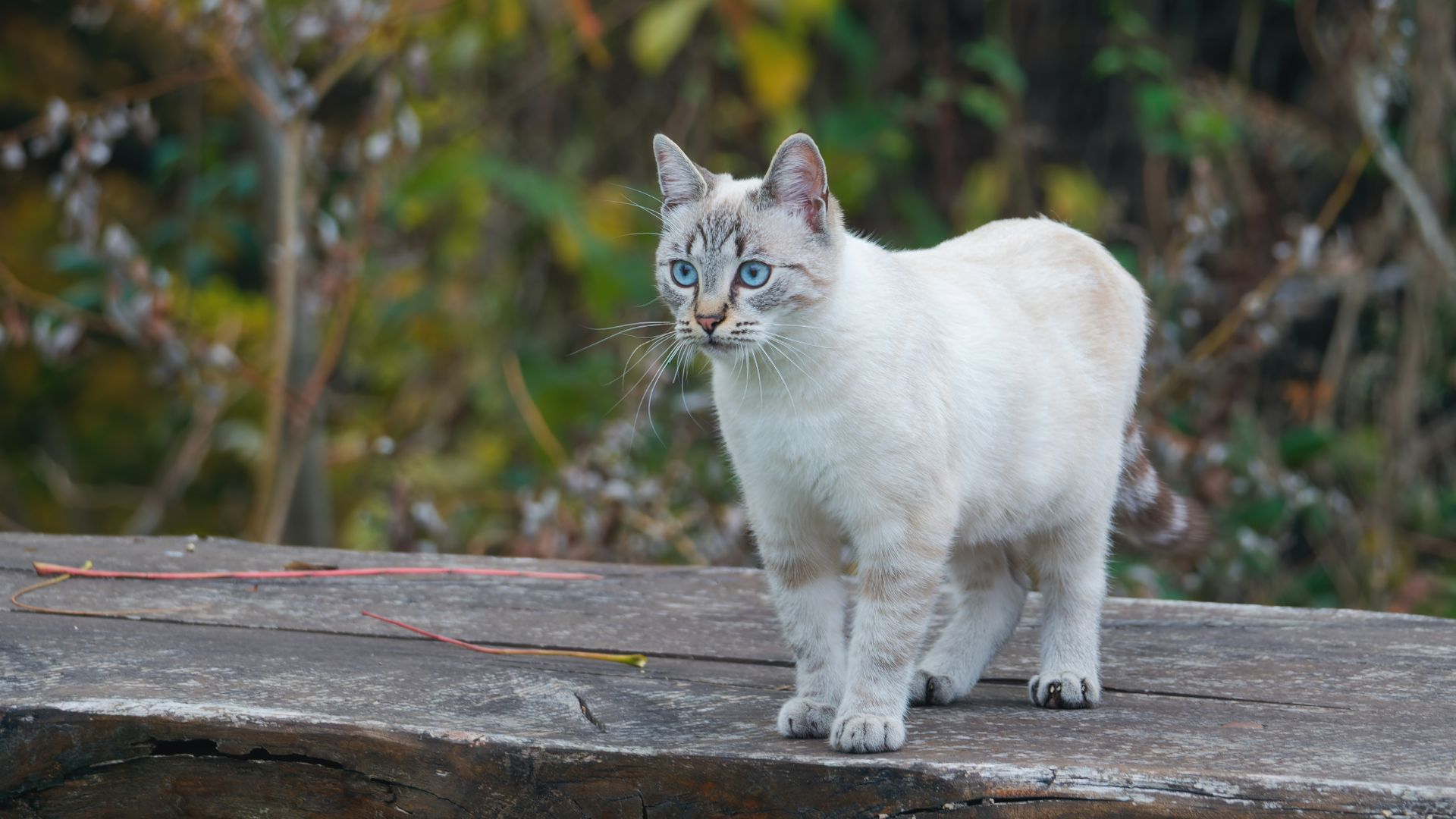
Want to know about rare cat breeds? You're at the right place. Ragdoll, Persian, and even the Siamese are some of the most popular cat breeds around, but what about the rare cat breeds you may not have heard of?
Read on to discover more about the rarest breed cats, and for Dr Hannah Godfrey’s insight on the health of different rare cat breeds.
Rare cat breeds
1. Turkish Van
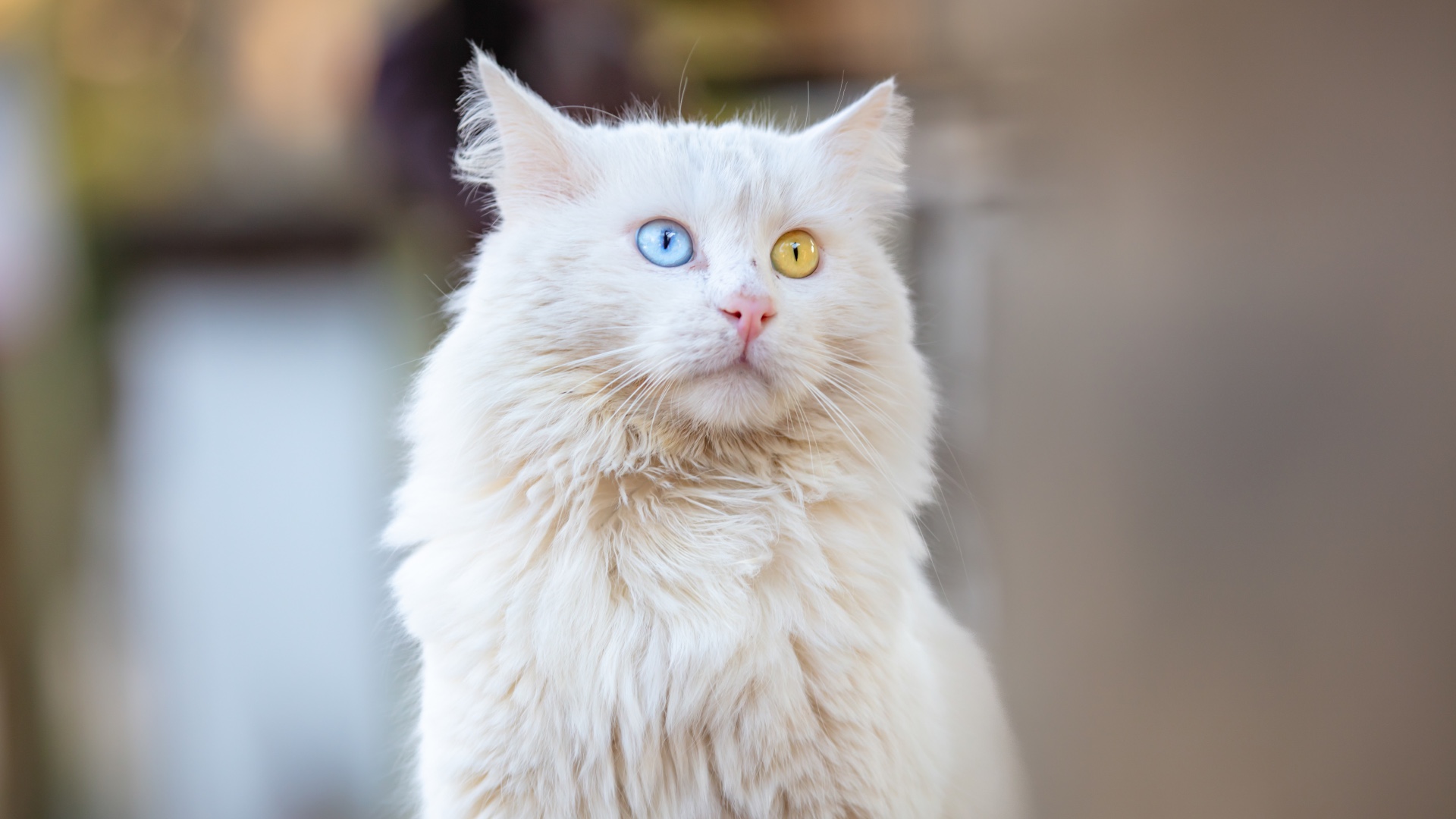
Rare, beautiful and one of the most independent cat breeds, the Turkish Van has been around for centuries, and its athletic prowess in the water has earned it the nickname ‘The Swimming Cat’.
That’s right, this cat breed loves the water! While it’s rare to find a feline that loves frolicking in the water, the Turkish Van has a water-resistant coat that allows it to emerge almost dry after taking a dip.
Energetic, playful, and fun-loving, the Turkish Van requires lots of attention, so they're best suited to homes with pet parents who have lots of time to indulge them. They’re not always an ideal choice for children, as although loving, they like to be held and cuddled on their own terms.
2. American Wirehair
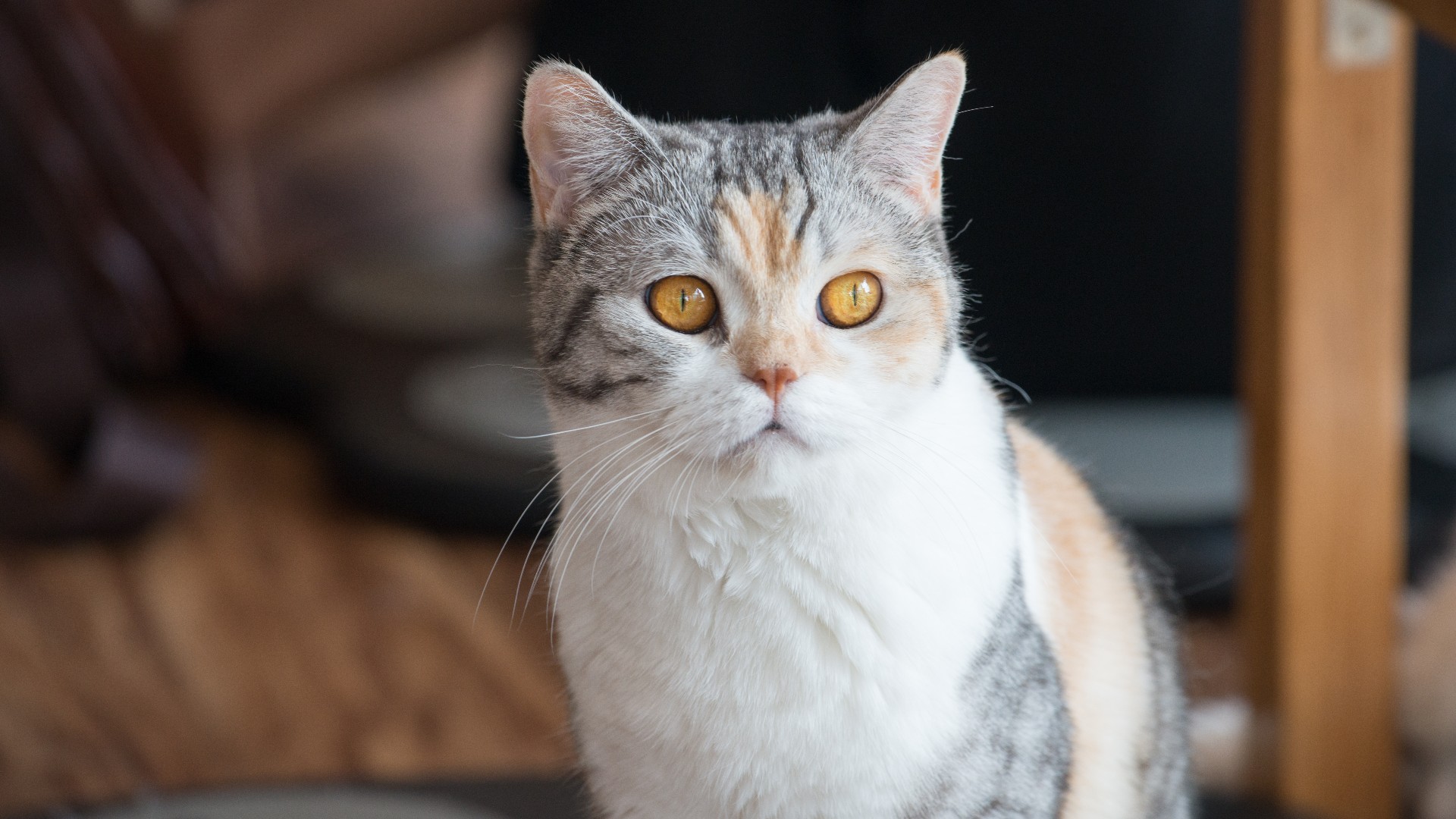
While once almost completely unheard of, the American Wirehair is enjoying a surge in popularity, and it’s not hard to see why. Easy going and placid with a loving nature that sees it attach to every family member, this breed makes a wonderful companion.
A robust and powerful cat, the American Wirehair loves to play, but don’t worry, they’re equally happy to play with people and alone, and are more than capable of amusing themselves for long periods of time.
Get the best advice, tips and top tech for your beloved Pets
3. Norwegian Forest cat
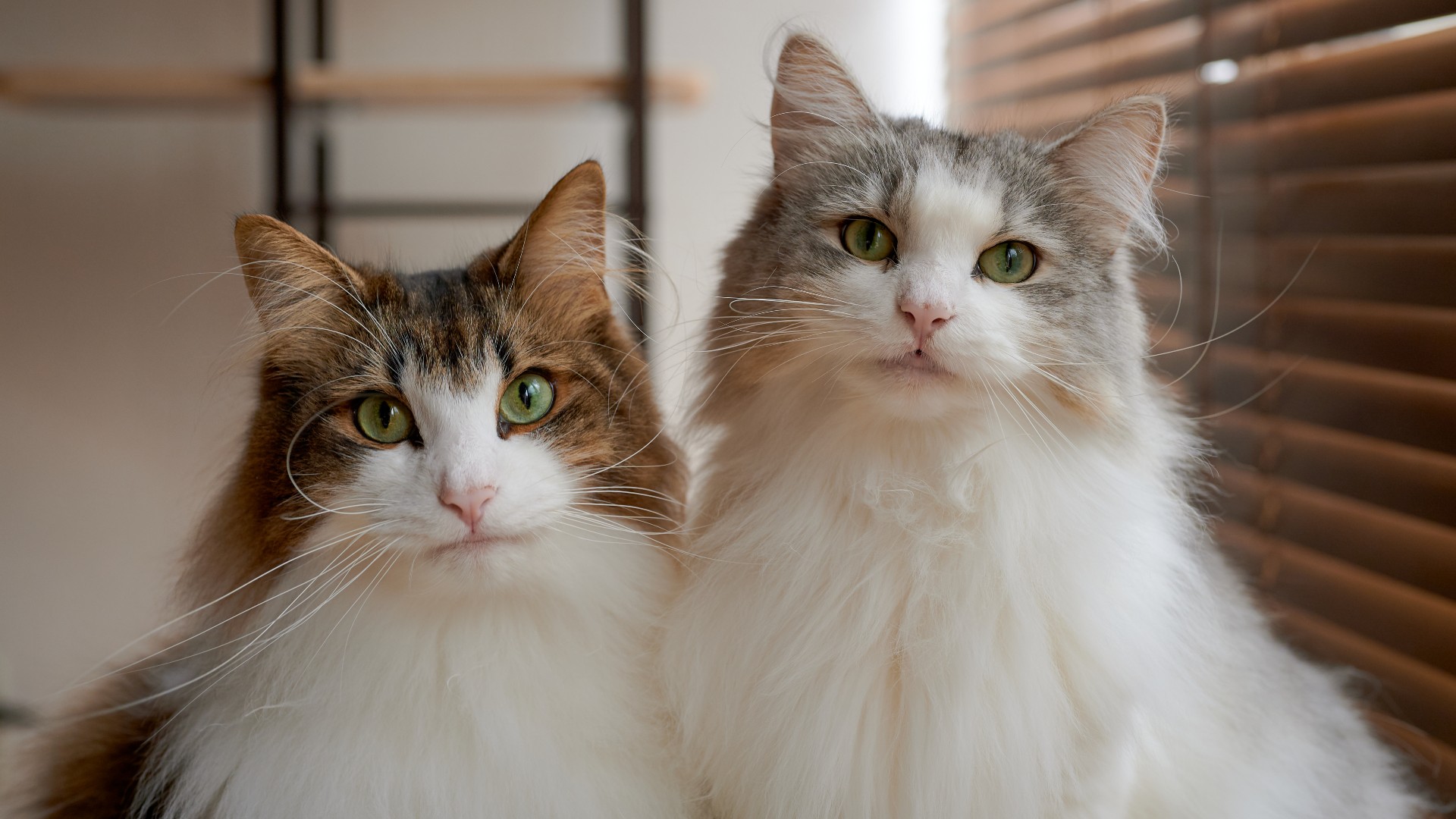
There are endless reasons to love Norwegian Forest cats. With large almond-shaped eyes, muscular bodies, and an equilateral triangle-shaped head, the ruggedly beautiful Norwegian Forest cat is a sight to behold.
Natural athletes who love perching on top of cat scratching posts or clambering to the top of their cat tree, this ancient breed has a fun-loving spirit and an outgoing and gregarious nature.
Bonding equally with everyone in their family, their affectionate and charming nature makes them an excellent addition to the family. Did we mention they are also super intelligent?
4. LaPerm
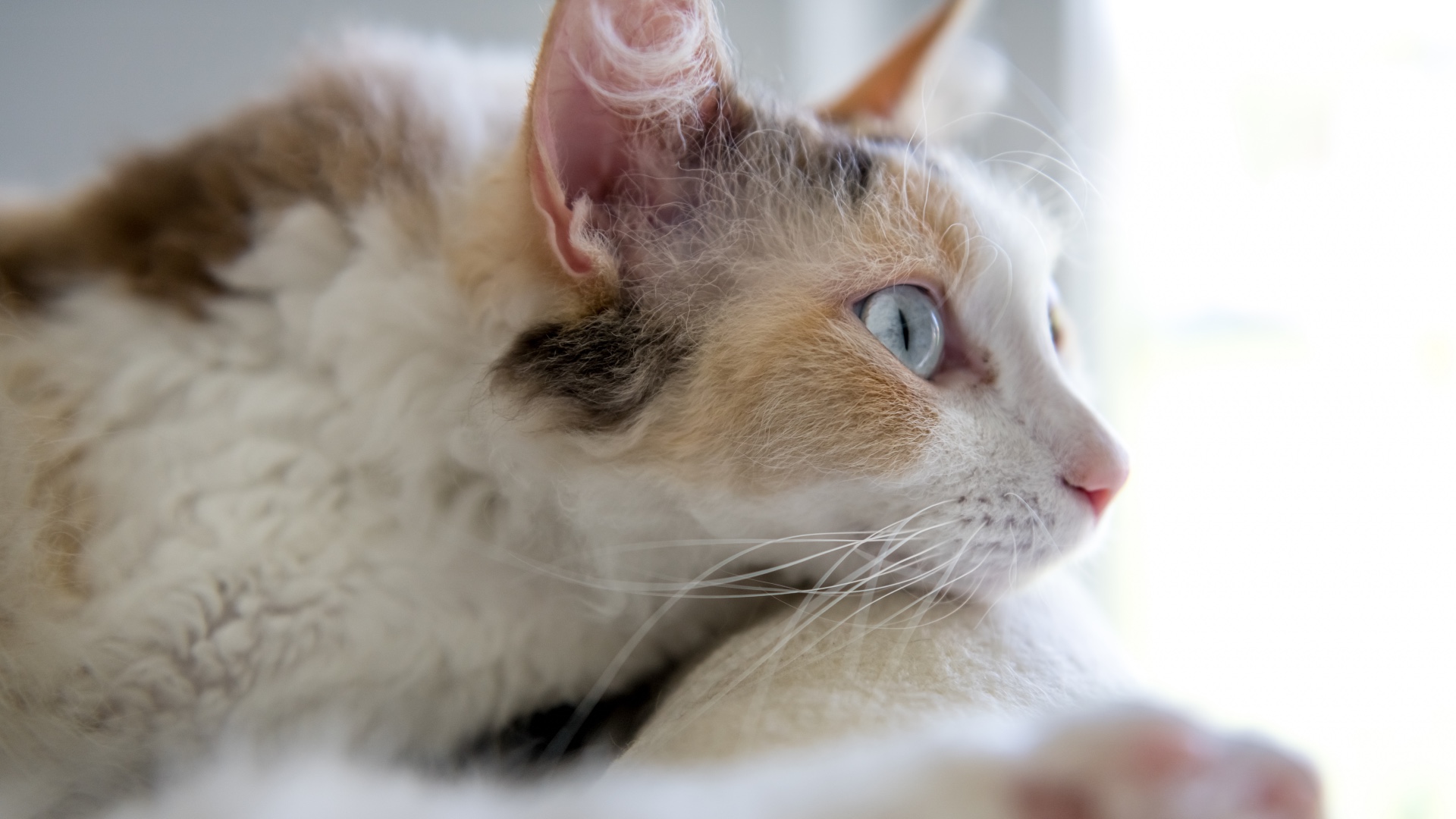
Joining the feline ranks by complete accident in 1982, the LaPerm is the result of a spontaneous mutation in a kitten that was born bald on an Oregon farm but went on to grow soft and curly hair.
This kitty named Curly went on to mother many kittens that shared her unusual coat, and before long, the LaPerm was officially recognized as a breed of its own. And thank goodness, because this friendly feline has a wonderful nature that makes it a joyous companion.
Inquisitive and determined to always be in on all the action, this curious kitty is fond of riding on shoulders and scaling new heights to survey all the goings-on in their household. This cute ball of curly fluff loves to exercise, so having a few fun games to play with cats up your sleeve can help them burn off their excess energy.
5. Kurilian Bobtail
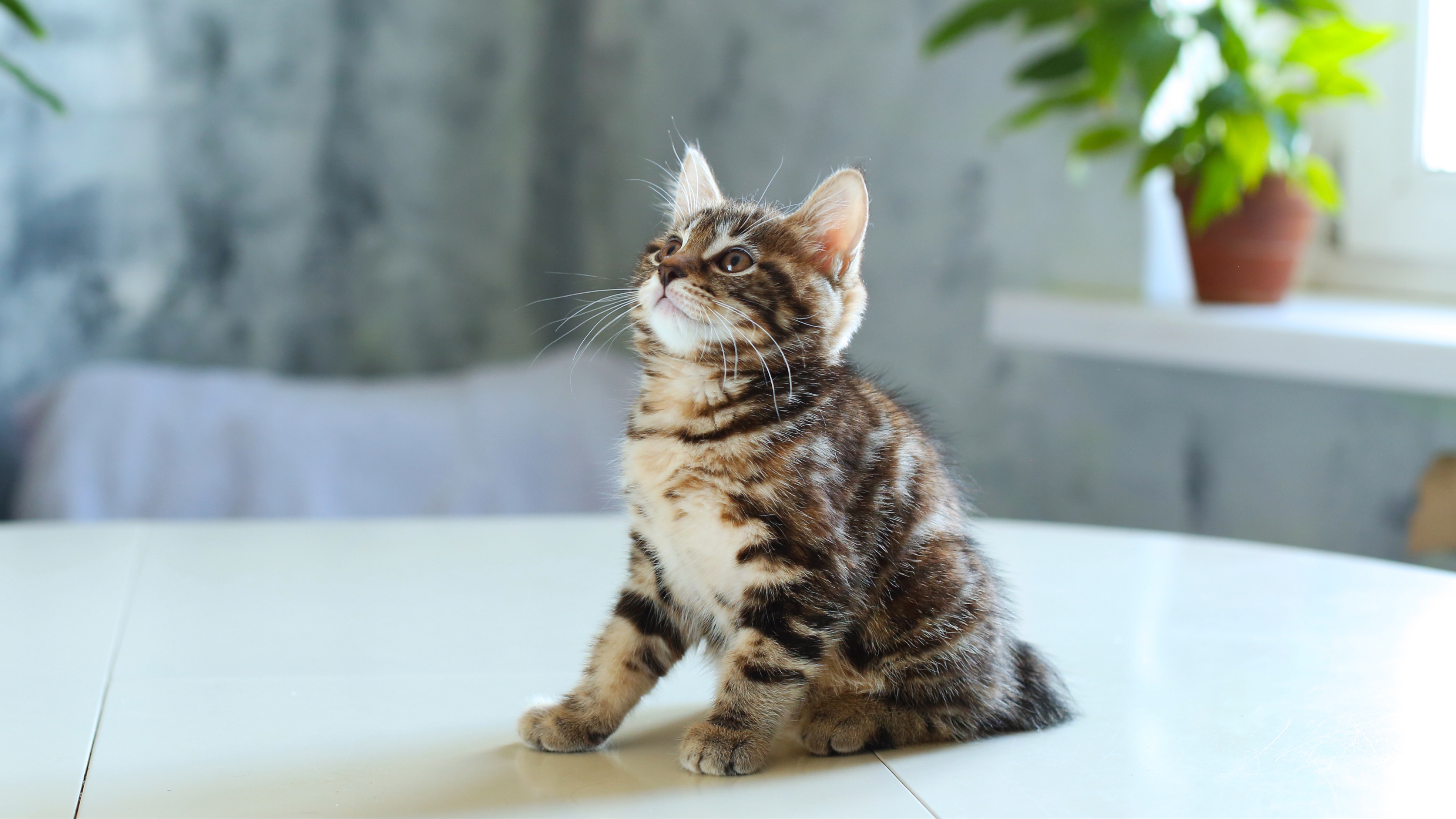
It’s believed the Kurilian Bobtail came into existence more than 200 years ago, and their laid-back, go-with-the-flow temperament means they make fantastic companions for people from all walks of life.
Trusting and outgoing, they’re very intelligent, so the answer to the question ‘Can you train a cat?’ is definitely a big yes when it comes to this breed.
While they do have a clownish nature that will keep you laughing, and they enjoy playing, on the whole, they’re a very peaceful cat who enjoys curling up on a nice warm lap.
6. Peterbald
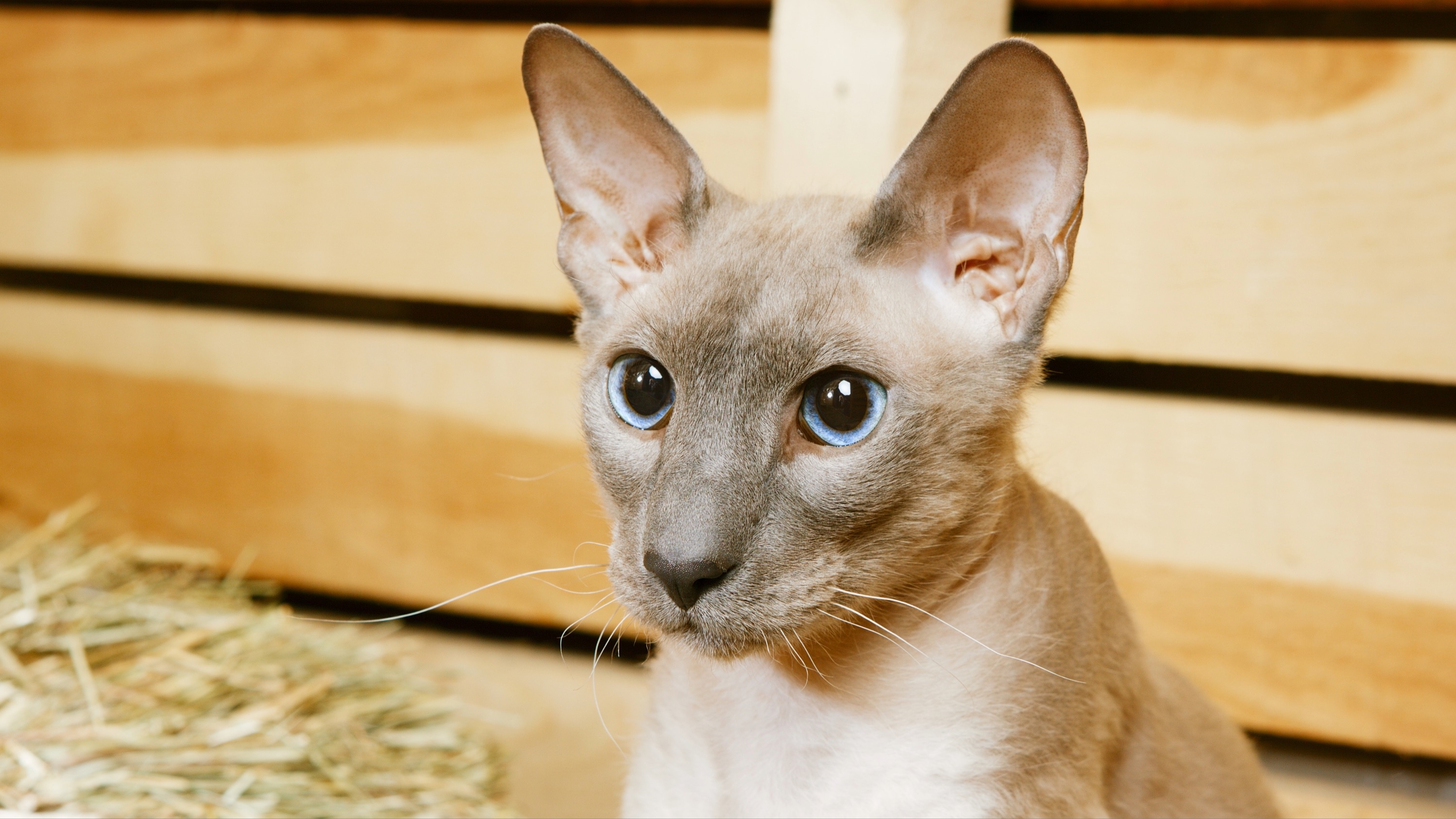
A hairless cat breed with a long, lean body and distinctive coat, the Peterbald is a unique-looking kitty with a friendly and sweet nature. One of the rarest breeds in the world, they are also among the most social and interactive.
These are lap cats who become very attached to their humans. Peterbalds are also very vocal and playful, and they get on beautifully with children and other pets.
7. Devon Rex
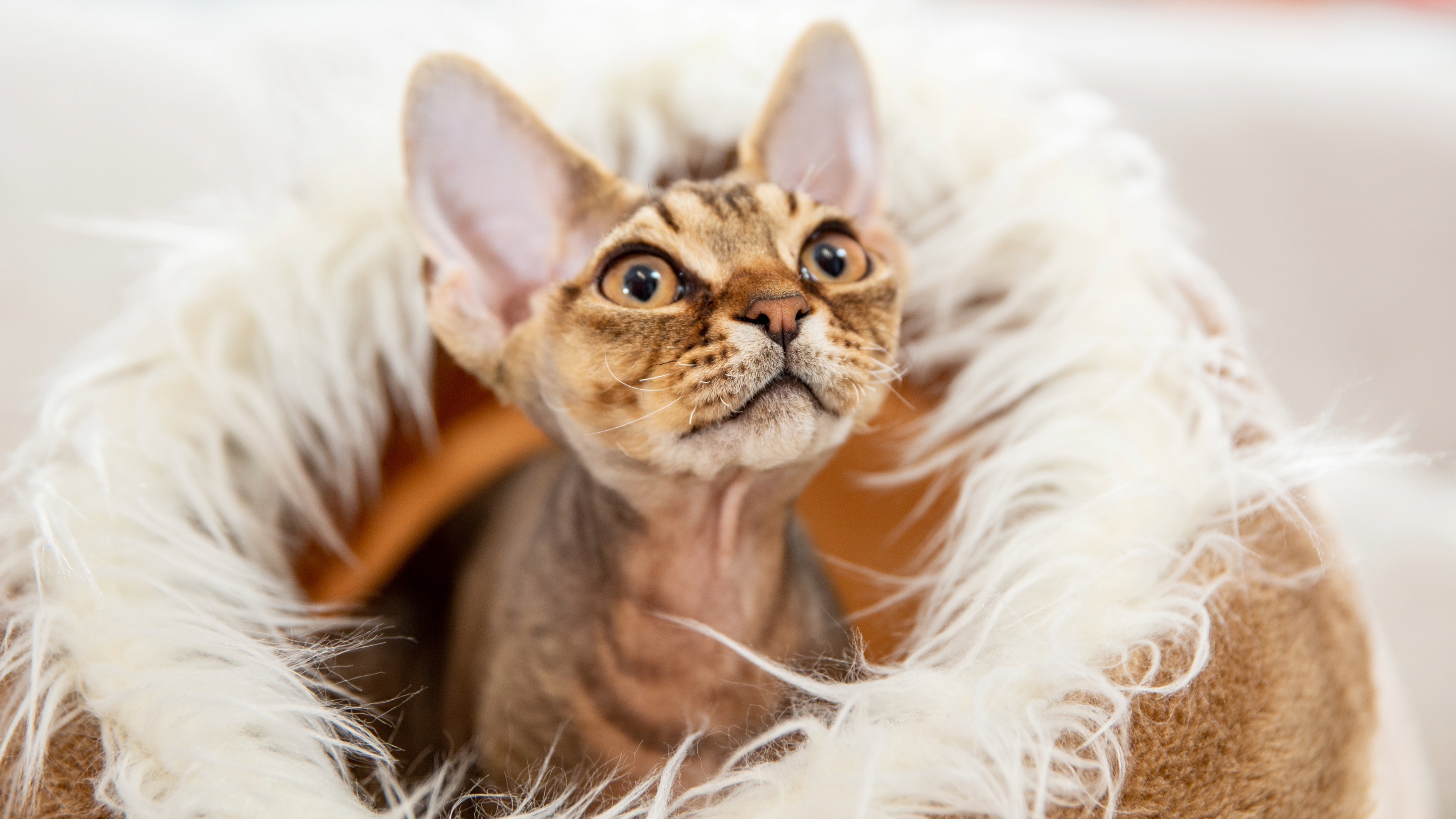
An outgoing kitty that thrives in a busy family environment, one fact about Devon Rex cats is that they are never happier than when surrounded by hustle and bustle. Fun-loving cats that get along famously with children, they’re delightfully energetic and playful, and are known for their mischievous personalities.
Because they’re so intelligent, the Devon Rex is a joy to train as they love learning new tricks and skills. If you decide to adopt one of these curious little cuties, one of our top tips for training your cat is to focus on one goal at a time. You’ll find they pick things up quickly, so it won’t be long before you’re able to move on to the next one!
8. Scottish Fold
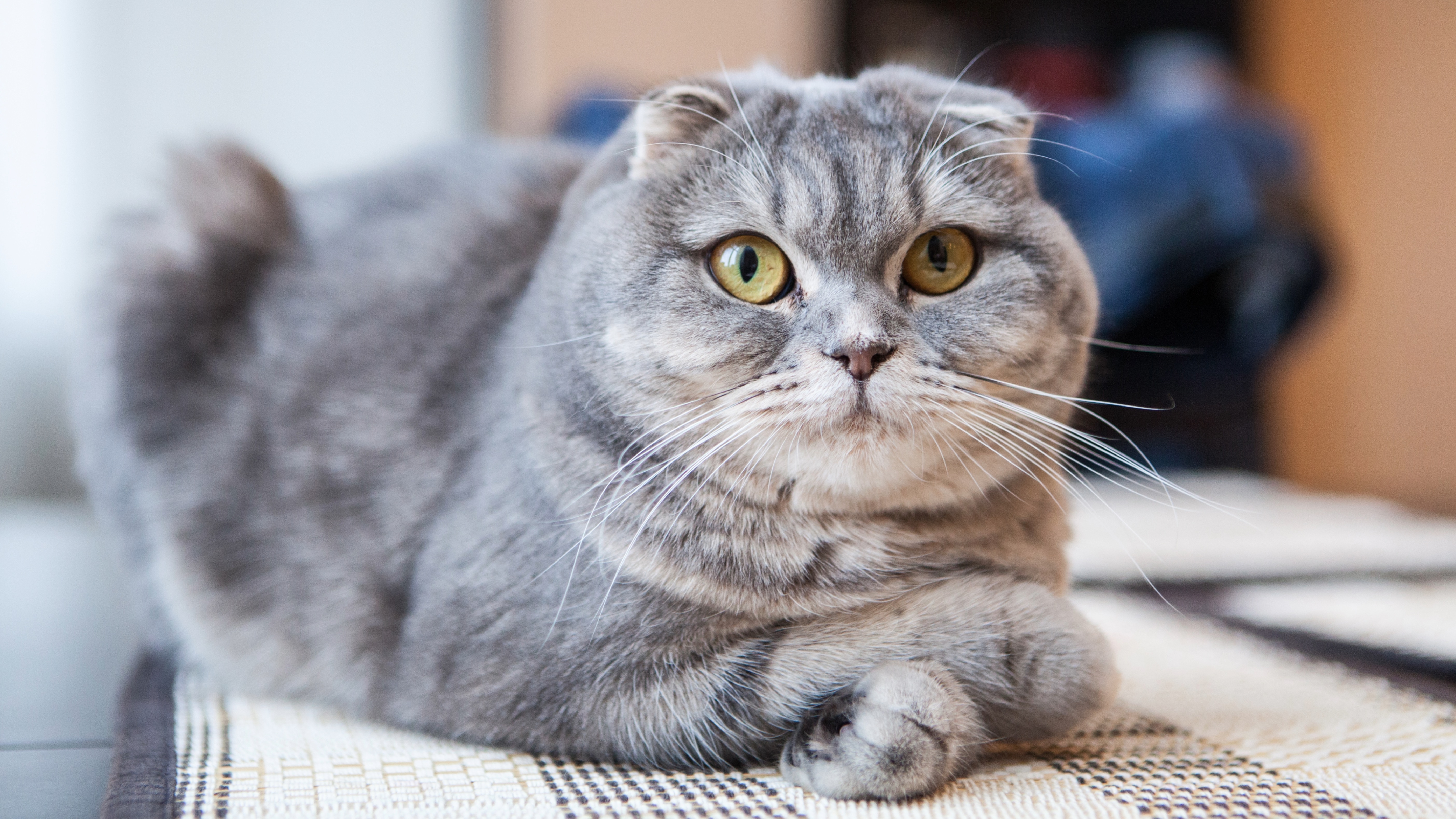
An iconic cat that’s instantly recognizable thanks to their folded ears (and the fact that Taylor Swift owns two of these cats) the Scottish Fold is a gentle and sweet-natured cat with a calm temperament and an owl-like appearance.
They’re wonderfully low-maintenance in that they’re so flexible and adaptable – they’ll thrive in almost any living situation, from busy family homes to quiet, single-person apartments. They are, however, suceseptible to a number of health issues.
One surprising fact about Scottish Fold cats is that, while they enjoy a daily play session with the best automated cat toys, they’re generally very chilled and quiet kitties who enjoy curling up next to their favorite human.
9. Khao manee
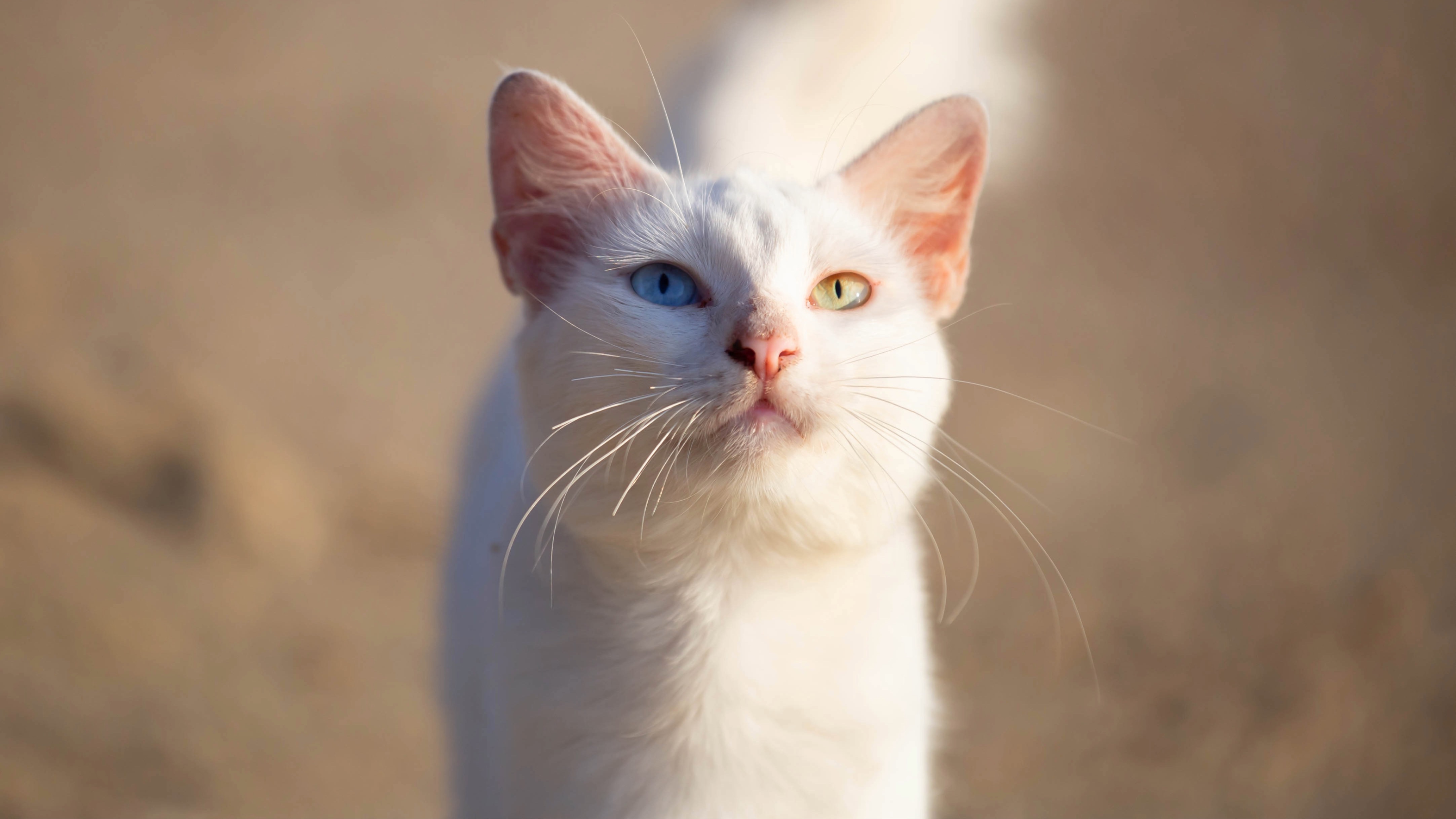
Pronounced kow manee, this white cat breed with jewel-toned eyes was first introduced into the United States in 1999 and remains relatively rare in the western world. Intelligent and social, they have a reputation for keeping their humans laughing with their clown-like antics.
Playful and mischievous, they’re very outgoing and will give every visitor to your home a warm welcome. Looking for ways to be the best cat owner? When it comes to this breed, a mixture of playing with them and leaving your warm lap vacant for a cuddle will both go down a treat.
10. Singapura

Hailing from Singapore, the Singapura may be small, but they have a big personality. Curious and outgoing, they expect to be involved in all family activities, and they love to perch atop bookcases and cabinets so they can get a better view of what’s going on around them.
One of the longest living cat breeds, their lifespan ranges between 11-15 years. They’re very gentle cats in that they get on well with absolutely everyone, including other pets, but they’re also real dynamos, so expect to be kept busy if you have a Singapura in the house!
11. Serengeti

A cross between the oriental shorthair and the Bengal, it may come as no surprise that this cat breed prefers being outdoors.
They attach strongly to their pet owners and are often referred to as a velcro cat breed, staying close to those they bond with. The Serengti is full of playful energy, so be sure to offer them plenty of playtime to keep them from getting bored.
12. Chantilly
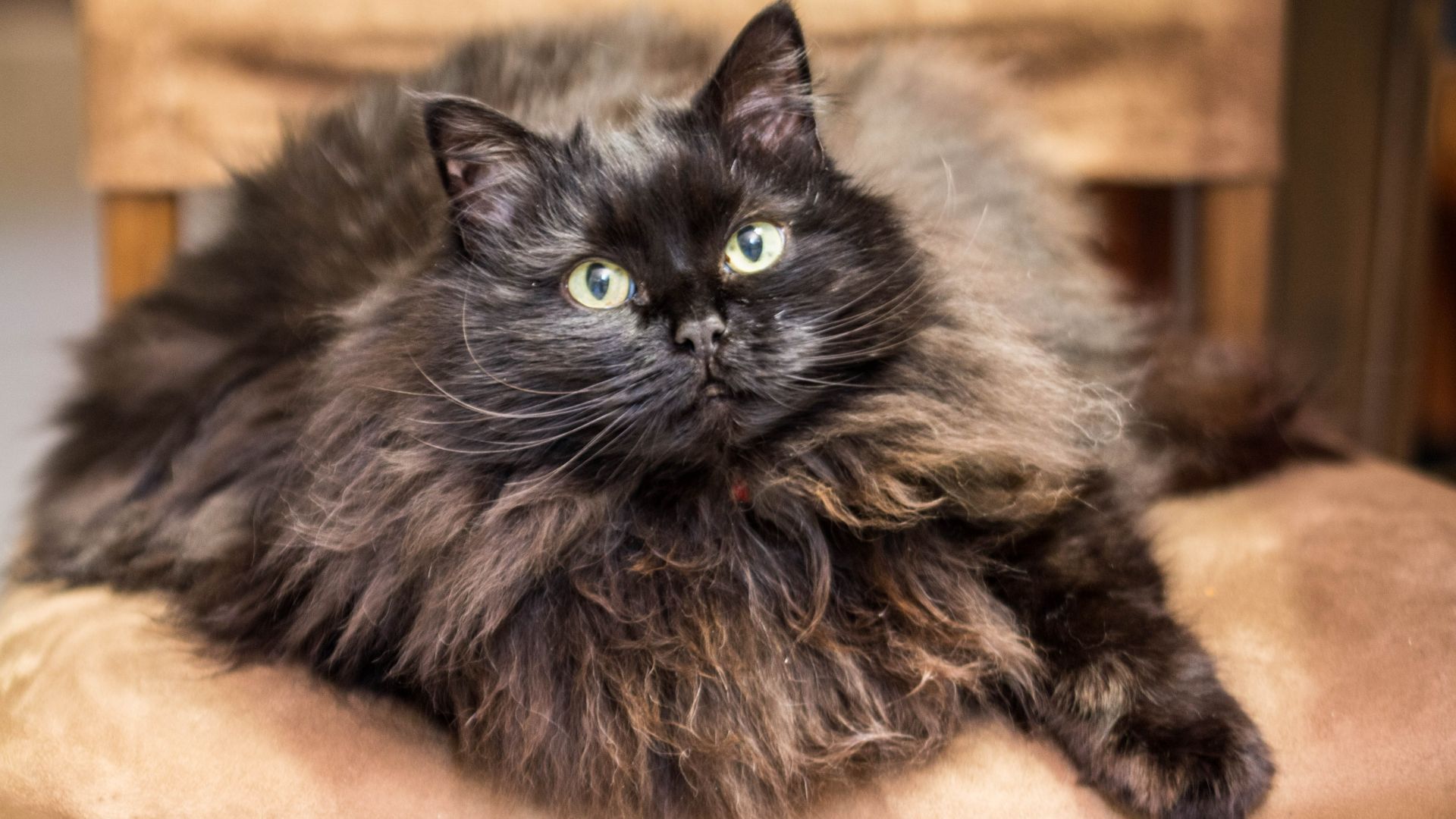
The Chantilly cat is a medium-sized cat with tons of fur. This longhaired cat breed has gorgeous locks will require grooming to keep it from matting.
If you are thinking of bringing a Chantilly cat into your home, it will be worth reading up on separation anxiety in cats, as this breed is prone to it. They do not like being left alone for too long. They are also very vocal, so be prepared to have plenty of chats with them.
13. Ojos azules

Their name means 'blue eyes' in Spanish, and the are rare breed indeed. They began appearing in New Mexico in 1984.
They were officially recognized as a breed in 1991, and in 1992 only ten ojos azules cats known about. Breeding of this breed was temporarily suspended as there were concerns around genetic defects. Ojos azules are said to possibly be extinct now.
Caring for rare cat breeds
When it comes to caring for a rare cat breed, there aren't generally any big differences than caring for a more common breed.
However, Dr Hannah Godfrey does warn that there may be more health conditions to be aware of.
"First, some rare cat breeds suffer from health conditions and poor welfare due to their genetics. The Scottish Fold and munchkin are examples of this – the Scottish Fold gets its characteristic appearance (folded ears) due to a health condition called osteochondrodysplasia, which can also cause arthritis and joint pain," she says.
She goes on to add that for ethical reasons, she advises against adopting these breeds.
Read next: Rare dog breeds

Hannah graduated from the Royal Veterinary College in 2011 and began work straight away at a busy mixed practice. Initially, she treated all species, but focussed on small animals from 2014. She has a passion for soft tissue surgery, ultrasound, and canine and feline dentistry, having completed additional training in these areas.
She then began working at a smaller, independent practice close to home, in order to devote more time to her other love – writing comedy fiction. In February 2023, she moved from permanent clinical vet work to become an Editor for a global medical communications company. She hasn't given up clinical work altogether, though, and still does regular locum shifts at her local vet practices.
Edited by Georgia Guerin.
Last updated in May 2025 by Alexis De Leaver.

Our staff writer, Alexis, is a digital content specialist and passionate pet advocate with a background in lifestyle journalism. Raised in a lively home filled with cats, dogs, and fish, she channels her lifelong love for animals into creating helpful, research-driven content for pet parents.
She collaborates with veterinary professionals to ensure accuracy and is currently pursuing additional pet care certifications.
A graduate of Bowling Green State University, Alexis has contributed to major UK and US publications, including Daily Mail, Space.com, and Black Women Rising Magazine.
